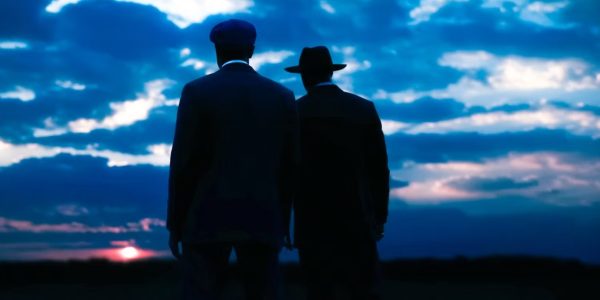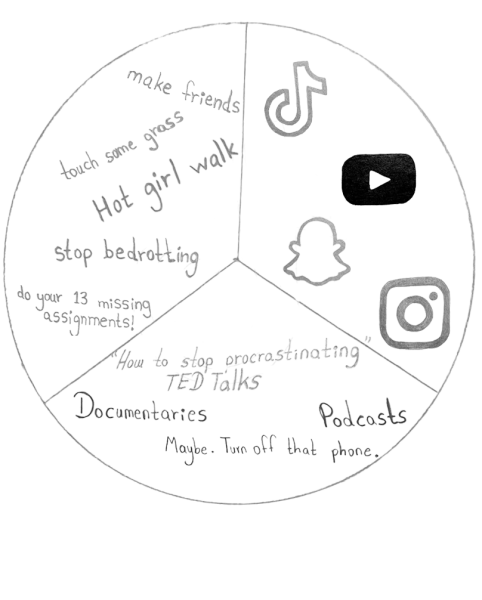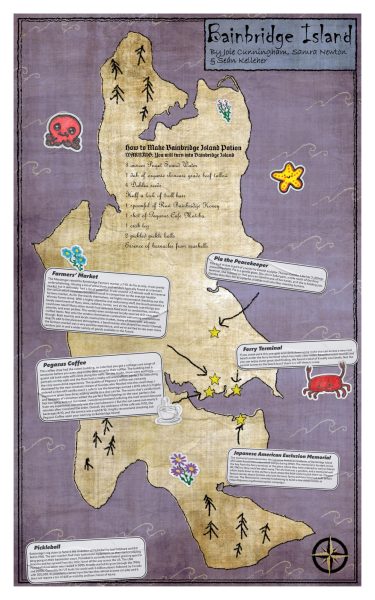Jazz Up Jackson Street
A new movement among music educators in the Central District.
On October 10th, student and alumni musicians of Garfield High School and Washington Middle School came together at Seattle City Hall to engage with the community in a benefit concert named Jazz Up Jackson Street. Over $45,000 were raised to go towards making Central District school music programs more equitable.
The two lead organizers of the event, Garfield jazz and band director Jared Sessink and Washington and Garfield choir director Blake Saunders, explained the purpose of the event and their plans going forward.
“It was an idea that started as an alumni concert, and originally it was going to only involve Washington,” said Sessink, who taught music at Washington before coming to Garfield this year. “Once I got to Garfield in June, it was sort of like, ‘well, to keep this thing going, I’m going to have to get Garfield involved’.”
As a primary feeder school for Garfield, Washington plays a key role in shaping Garfield’s student body. Recognizing this, Sessink and Saunders decided to focus their attention on Washington first.“We implemented a policy change with [Washington] admin last year that all sixth-graders were going to be in an integrated model,” Sessink said.
The new policy mandates that all new students must take a music class in sixth grade, and that they all be placed in the same starting ensembles, regardless of prior experience.
“Taking that component of what we were doing with the school, we started talking about fundraising, because having every sixth-grader take a music class means we need a lot of instruments that we don’t have.”
The new policy was controversial. “We hear this argument from some people, adults and children, that say, ‘there are going to be kids who don’t want to do this, so why are you forcing them?’” Sessink said, “and my response to that is ‘we don’t say that about math, we make them take math’.”
Saunders and Sessink believe that it is important that everyone at least try music. Although they do not plan on advocating mandatory music for Garfield freshmen, they still believe Garfield students should find some way to participate. “We want to see music be the community,” Sessink said.
“There’s a whole group of people—a large percentage of the school—that never enters a music room,” Saunders said. “Jimi Hendrix went to Garfield, and he was never in the music department. That’s crazy. Like how did he get missed?”
Sessink and Saunders outlined some of their plans to make the music department more accessible.
“Doing the same thing that has been going on for 40 years is not going to work,” Saunders said. “We can’t just do the same music that has always been done; we have to be updating, we have to be changing, we have to be reacting to what the students want to do.”
Both teachers agree that allowing students to decide on how to approach music class could lead to greater student involvement.
“Both Sessink and I are very into project-based learning, which, in my opinion, invites a lot more students to be successful,” Saunders said. “If it’s project-based, that means it’s student-driven, student-choice, student-empowered. That will bring many more students into a situation where they feel like they’re part of the music department.”
Both Sessink and Saunders recognized that the demographics of Garfield and Washington music programs are not representative of the Central District.
“My whole jam is decolonizing the classroom, and making it so that it looks similar to the whole school,” Saunders said.
Changes are being made to address this issue.
“We’re trying to get coaches and clinicians into the school and the priority is to ensure that they represent the community,” Sessink added.
Some of the changes in Garfield music are already taking place. This month’s Veterans Day assembly had performances from Garfield’s choir and orchestra, and Sessink and Saunders plan to involve Garfield ensembles in future assemblies.
It’s not just Sessink and Saunders who are working to make their vision a reality. Bryan Kolk, Washington and Garfield orchestra director, and Michael Sundt, Washington jazz and band director and partial Garfield jazz band director, are working to bring about change as well. “We’re all collaborating at a level that has probably never happened in the district,” Sessink said. “If Mr. Sundt is teaching sixth grade band and he has a bad day, he’s going to call me.”
The October 10th concert may be over, but it is only the beginning of a larger movement. Music teachers at Washington and Garfield, as Saunders put it, are trying to make it so that “every single student that wants to should be able to play music at the level they want to.”





